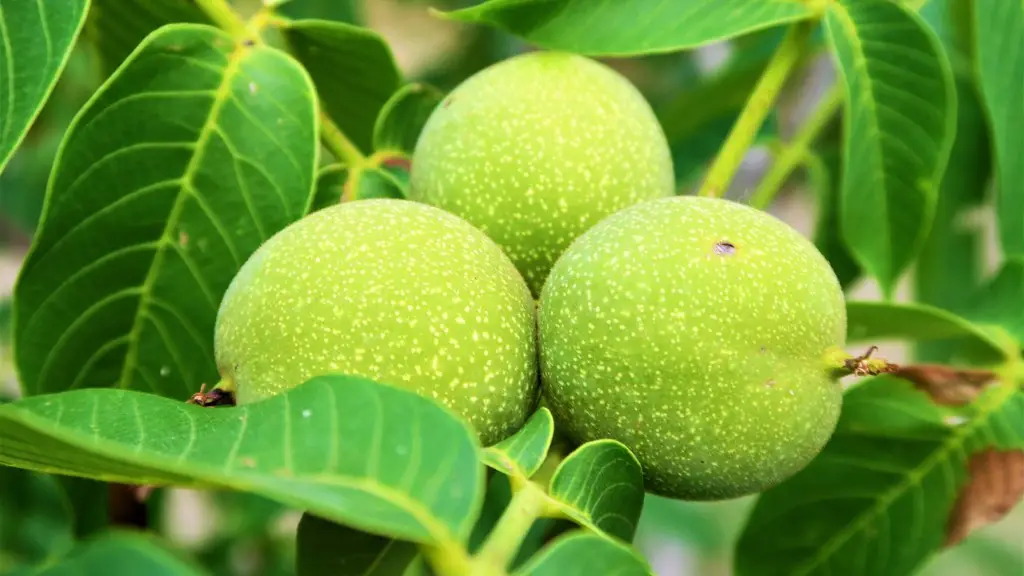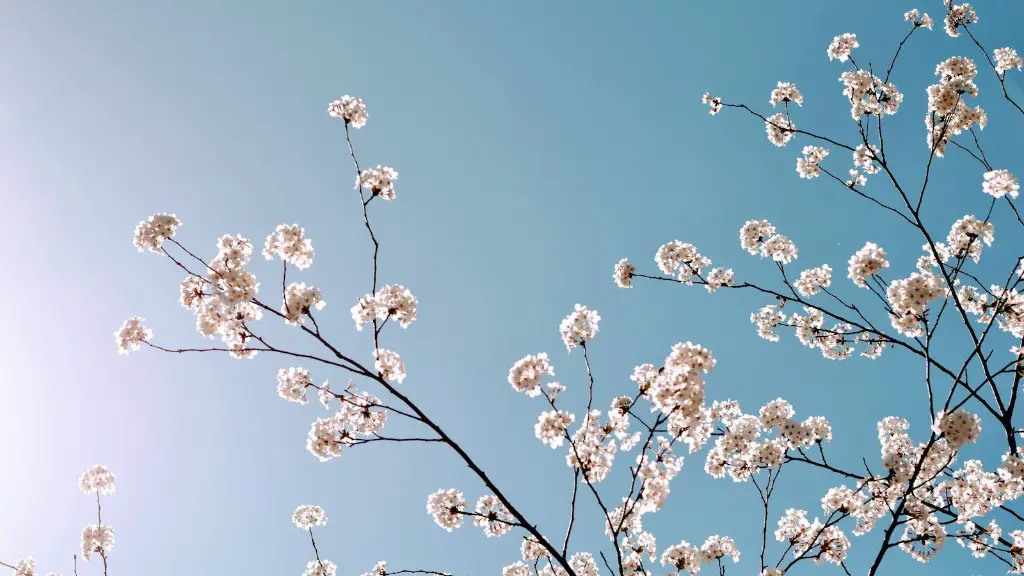Palm trees are an attractive and attractive tree species. Many people enjoy growing their own, but they are notoriously difficult to care for indoors. With proper care and attention, however, anyone can learn how to take care of a palm tree and enjoy its ornamental expression in the home.
When it comes to taking care of a palm tree indoors, the key is providing the best environmental conditions for the tree to thrive. Temperature, light, water, and fertilizer are all factors that need to be considered. There are several easy steps one can take to ensure a palms survival and healthy growth within the home.
Location of the Palm Tree
The first step when taking care of a palm tree is the selection of the correct location. A palm tree requires abundant light, so a room which receives a lot of direct sunlight is the ideal spot. Bright, indirect sunlight is also suitable, but direct sunlight may cause the leaves to become too hot and burned. The tree also needs adequate air flow and ventilation.
It is important to not place the palm tree too close to a window or any other type of direct heat source such as a heating vent or radiator. Doing so can cause the leaves to dry out or be burned. The best temperatures for a palm tree are between 15 and 30 degrees Celsius.
Watering the Palm Tree
Proper water is essential for keeping a palm tree healthy and strong. It is important to give it only enough water to keep the soil slightly moist. Watering a palm tree too often will cause the soil to become over saturated, which can lead to root rot and other health problems.
When watering, the water should be applied directly to the soil and not to the leaves. It is also important not to water a palm tree from above – the water should be poured or collected from a spray bottle held below the level of the soil’s surface.
It is important to check the soil frequently as well. If the top two inches feel dry, it’s time to water. The amount of water used should be adjusted according to the tree’s size and the amount of humidity in the room.
Fertilizing the Palm Tree
Fertilizing is an important part of taking care of a palm tree. Like other plants, a palm tree needs nutrients to maintain health and grow. The best fertilizers are slow-release types and should be applied every six to eight weeks during the spring and summer months.
Nitrogen-rich fertilizer is important for young palms to encourage healthy growth. An all-purpose fertilizer with a ratio of 10-10-10 or 8-4-4 works great. Older palms will benefit from more balanced fertilizers such as a 15-6-8 or 10-7-7.
It is important to pay attention to the instructions on the fertilizer packaging and use the product according to the directions. It is also important to stop fertilizing in the winter months when the tree is dormant, as too much fertilizer can do more harm than good.
Pruning the Palm Tree
Although proper fertilizing and water is important for taking care of a palm tree, pruning is essential for it to look tidy and attractive. Pruning should be done in late winter or early spring when the tree is still dormant. It is important to prune sparingly, removing only yellow or brown leaves and any suckers. Too much pruning can cause the tree to become weak and unhealthy.
When pruning, it is important to avoid cutting too deep into the core of the palm tree. Make sure only portions of the leaves are cut away and certainly not the trunk. When trimming off branches, it is important to ensure that the cuts are made cleanly and at the right angle.
Common Health Problems
Palm trees are susceptible to certain diseases and pests, many of which can cause severe damage to the tree if left untreated. Common pests include mealy bugs, spider mites, and scale insects. If the pests are left unchecked, it can cause the leaves to turn yellow and brown and eventually die. If a pest infestation is suspected, it is best to treat the problem immediately with the help of a professional.
Common diseases of palm trees include root rot, crown rot, and blight. These diseases are caused by excessive watering, poor drainage, and lack of light. If caught early, these diseases can be treated. If not, it may be necessary to remove the tree and start over.
Temperature Considerations
In order for a palm tree to thrive indoors, it is important to maintain a consistent temperature of between 15 and 30 degrees Celsius. To ensure the best growing environment, it is advisable to use a thermometer to measure the temperature. If the temperature drops below 15 degrees Celsius, the tree may become weakened and eventually die.
In warmer climates, it is important to ensure the tree is properly cooled during the hot months. This can be done through the use of a fan, air conditioning, or other cool air sources. Be sure to avoid placing the tree in direct sunlight as this can cause the plant to become overly hot and dry out.
Humidity Considerations
Palm trees require around 50 percent humidity to remain healthy and vigorous. This can be achieved through the use of humidifiers or pebble trays. Pebble trays are small trays filled with water and pebbles, which are placed under the container that the palm tree is in. Humidifiers can also be used to create an optimal environment for the tree.
It is also important to make sure the tree is not exposed to too much humidity as this can lead to fungal growth and other health problems. Be sure to regularly monitor the humidity levels in the room and make adjustments as necessary.
Conclusion
Taking care of a palm tree indoors requires the right location, proper watering, fertilizer, and pruning, as well as monitoring of the temperature and humidity levels. By following these simple steps, anyone can learn how to take care of a palm tree and ensure a healthy, vibrant tree in the home.



